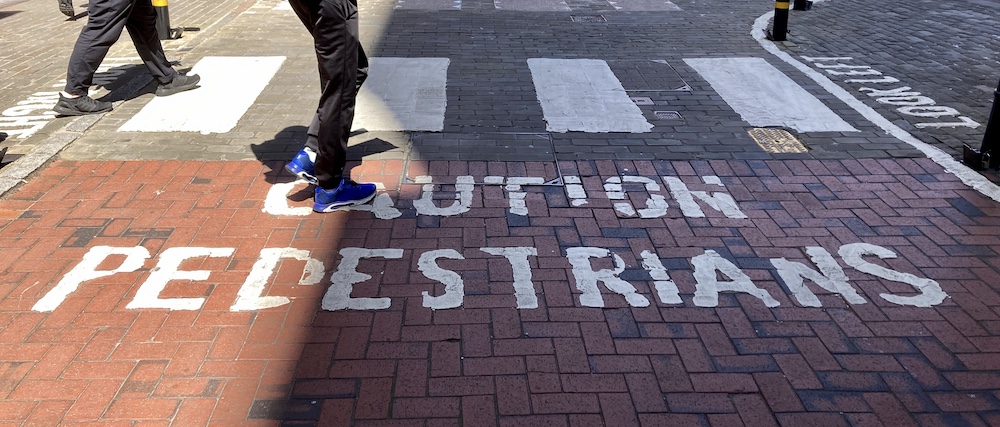1 A community and a regional hub
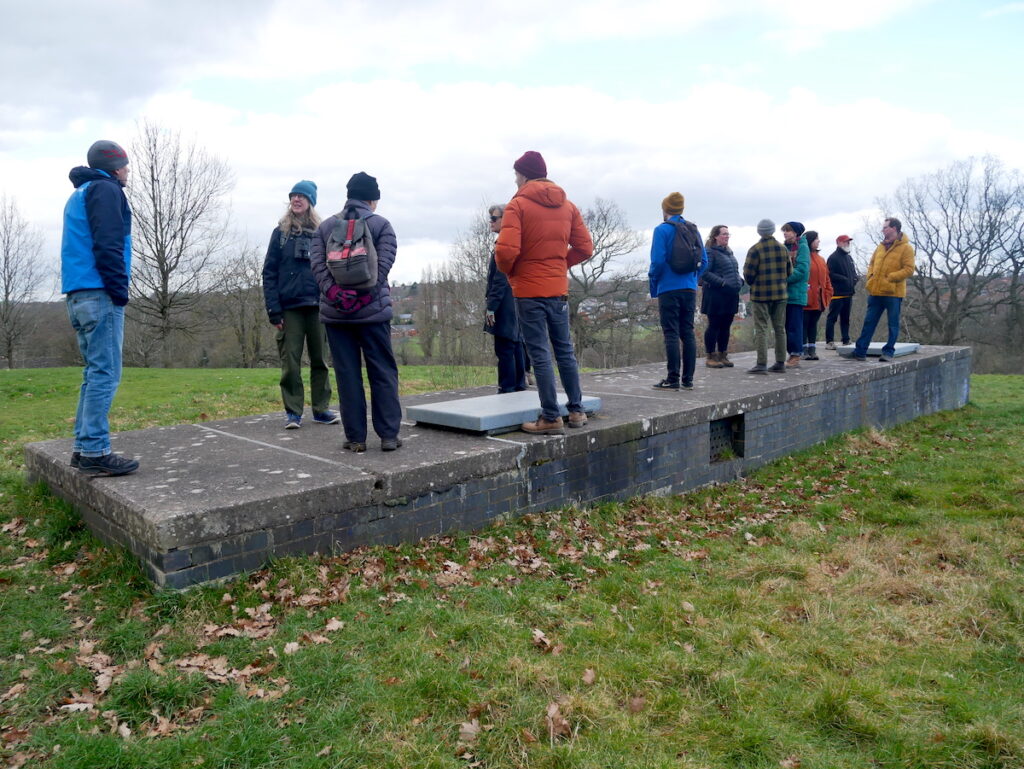
The main benefit of Walkspace – and the reason for starting it – was simply to gather weird walkers together. After attending a walking conference in Plymouth, we figured that between us we probably knew enough people in the Midlands who might be interested in walk-based arts, too. So we made a list and reached out to people across the region.
We’ve had a pretty solid response from that original seed. In three years we grew from three to nearly 50 members (now back down to 30 committed members) and formed a central hub for anyone interested in walking as a creative practice.
Our community of creative walkers hailed from all kinds of backgrounds, reflecting the universal act of walking (or moving, since not everyone walks). There are, in the group, artists, writers, poets, photographers, filmmakers, academics, conservationists, ethnoecologists, horticulturalists, sociologists, journalists, mindfulness teachers, musicians, performers, producers, curators, pavement plant chalkers and long-distance walkers.
All we asked as entry criteria were that members:
- live in the West Midlands region (so we’d have a chance to walk together)
- use walking in a creative way
- share what they were up to with other members
We don't want there to be a hierarchy. Anyone can run a walk (a Walkspace members walk or a public ‘Erratic’), write for the website, social media or newsletter, pitch ideas to the group, or ask for help, support or collaboration. But for practical reasons, there is a small committee to keep things semi-organised and think about overall direction .
In three years, it’s become a functioning community of quiet lurkers, dip-in-occasionally types and more regular interactors. It blooms into life seasonally with ideas and projects like desert flowers, but also hibernates for days and weeks at a time. And that’s fine.
The point is, we are no longer alone in our various weird walks. We’ve found fish of the same stripe.
2 A place to find collaborators and audience
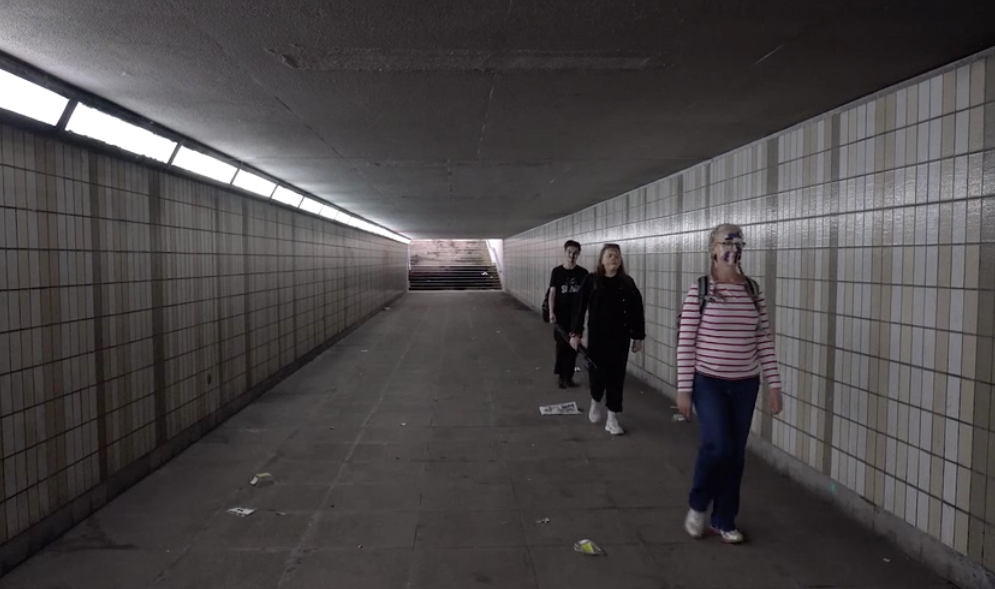
What’s been interesting to see is the forming of various collaborations. Many of us have now met in person on various members walks or at online member salons where we’ve shared what we’ve been doing walkwise. There’s also a group WhatsApp for everyday chat. Getting a sense of people beyond their member bios has created a lot of connective tissue, inspiration and friendship.
The first time we met up, for example, I vividly remember long-distance walker and artist Daniella Turbin getting out her highlighter criss-crossed OS map on a beer garden picnic table and impressing everyone with her plan to walk in every single kilometre square. We then visited her on her walking art residency at the New Art Gallery Walsall, went on a walk together and virtually tracked her year-long walk around the UK – which was documented via Daniella’s Instagram. In the background, we also acted as an informal online support crew should she need us.
That’s just one journey within Walkspace. There’ve been plenty more examples of mutual support and collaboration happening as a result of Walkspace. For example:
- Filmmaker Ben Crawford found a key interviewee in Kate Green for his film From The End of the Road (Ben also roped a few of us into a Dazzle Walk to serve as a visual thread through the film – pictured above).
- Interdisciplinary artist Kate Green called out for a team of willing testers for her WalkCreate commission – and so, on a day out to Leominster, we wandered in non-linear ways to understand the challenges facing people with dementia.
- Artist …kruse and photographer and mindfulness teacher Laura Babb responded to a call out for walks for Birmingham's first Urban Tree Festival that I helped organise for a tree charity.
- Visual artist Andrew Howe, musician Bethany Kay Hopkins and walking artist Andy Howlett came together on a funded project as Walkspace to celebrate a Dudley nature reserve.
- In Parallel Walking, we embarked on a walk-based cultural exchange between Walkspace in Birmingham, UK, and Jalan Gembira collective in Yogyakarta, Indonesia, funded by British Council.
- Ultimately, in June this year, we held our first group exhibition, – Walkspace 23 – showcasing the works, walks and creative practices of 20 Walkspace members.
It’s been great to see members joining up and doing their thing – individually, together or even en masse. And, of course, many of these walks and projects are publicly oriented, interacting with other arts orgs, reaching different communities and introducing different ways of walking to a wider audience.
3 A support system and a resource
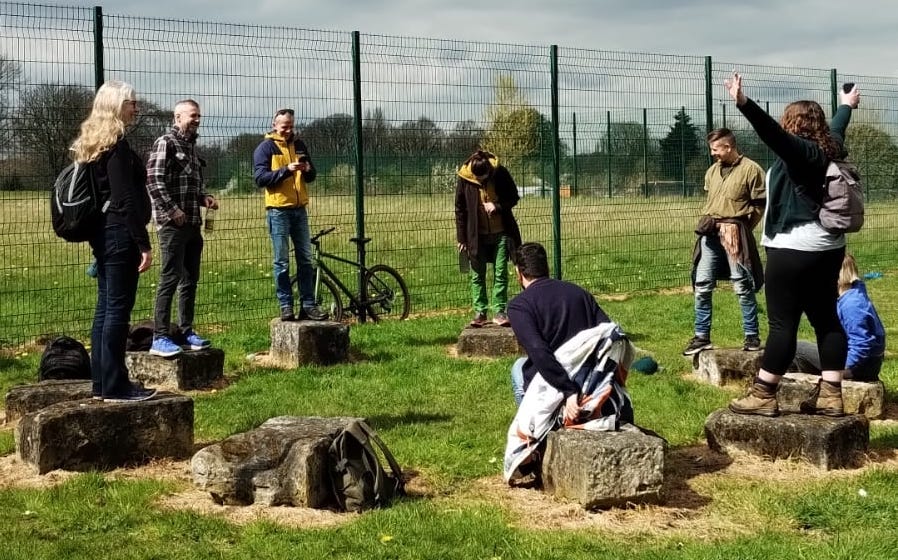
Originally we thought Walkspace might become a peer learning platform. And that has happened to some extent, although in informal ways. With many different experience levels, skills and backgrounds in the group, there is usually someone to ask for advice or connections. (Personally I’ve learnt a lot from chatting directly with more experienced artists and been given some very useful feedback and support on my first Arts Council application.)
Members learn ambiently through contributing conversations, walk photos and links on the group chat. And there's a big social element to the members' walks (Handsworth stone circle walk and picnic, pictured), where people can practice leading walks in a relaxed environment.
Support can also be practical. We’ve been walk marshals, joined walk experiments and promoted member projects through our social channels. For Megan Henebury’s A Figure Walks, for example, we acted as a safety and support crew as she walked the length of the River Rea IN the River Rea – and also created documentation with Pete Ashton following along with a camera. You can read all the Walkspace posts on this project here.
I also think we’ve supported people to join who might not see themselves in a traditional ‘arts context’ to play a part in the collective. It’s been interesting to read the blog posts of Robson, one of the long-distance walkers in the group, for example. And one day I’ll get up early enough to join the Walkspace member who is secret pavement chalker.
4 A place for artistic development
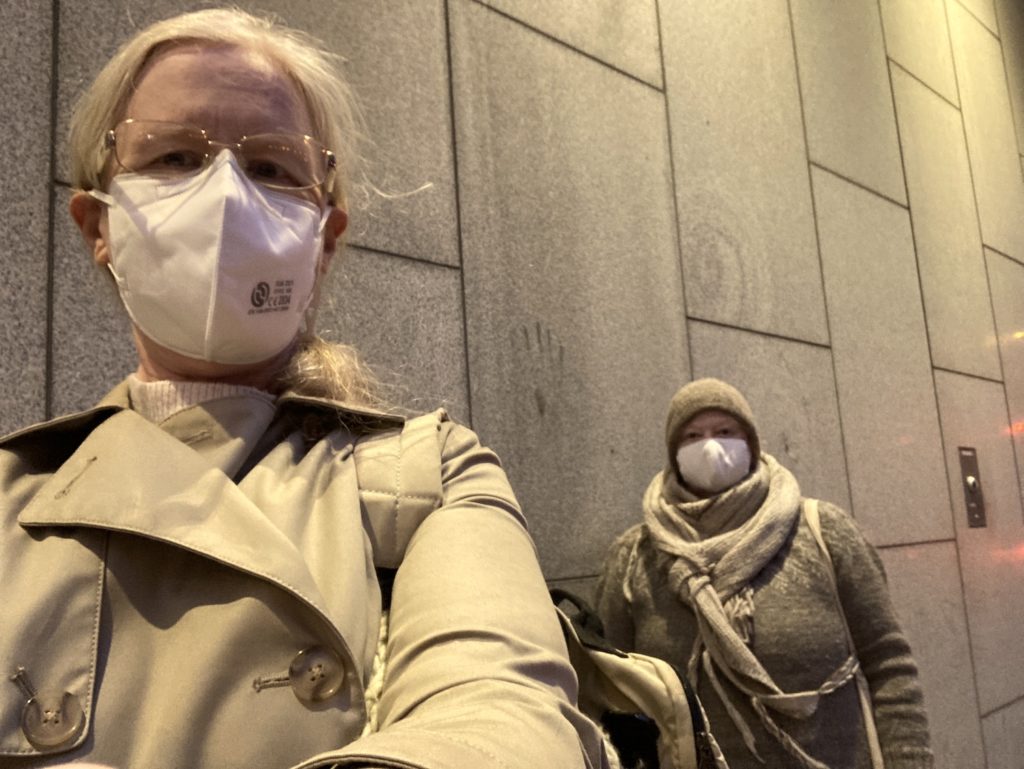
As a personal example of Walkspace’s value, my experience as part of a collective has been pretty transformational. Before Walkspace I was a walker for health and fitness reasons only, doing my daily 10,000k steps to a soundtrack.
Through Walkspace, I started to develop into a more creative walker: working individually, collaboratively and collectively, personally and publicly, and being mentored through an emerging walking art practice by generous fellow members.
It's been quite the journey from 2020 to here – from initial walk experiments, to local walk 'n' talks, to leading walks, to getting walk commissions, to creating live art walks, to an international walk exchange, to presenting at 4WCoP on how women walk, to being part of the group exhibition. Sometimes I look back in wonder at the projects I've been involved in, such as:
- Extreme Noticing under Lockdown – a collaborative Walkspace video essay about starting a walking collective during a pandemic.
- Night walks – group walks by new moon, full moon and in the snow, tapping into the power of invisibility.
- Birmingham Dazzle Walk (pictured) – testing city surveillance with fellow Walkspace member …kruse using the cloak of female invisibility in middle age (counterbalanced by a follow-up collaborative Crone Walk of high visibility).
- Stirchley High Street Highlights – a counter-touristic, anti-gentrification walk tour leaflet compiled with Walkspace alumni Pete Ashton (that the local newspaper took a bit too seriously).
- Parallel Walking – in which three Walkspace artists and three Indonesian artists explored their motor cities in parallel, resulting in an exhibition and digital zine.
All of these were made possible in no small part due to Walkspace.
5 An opportunity to go on a collective journey
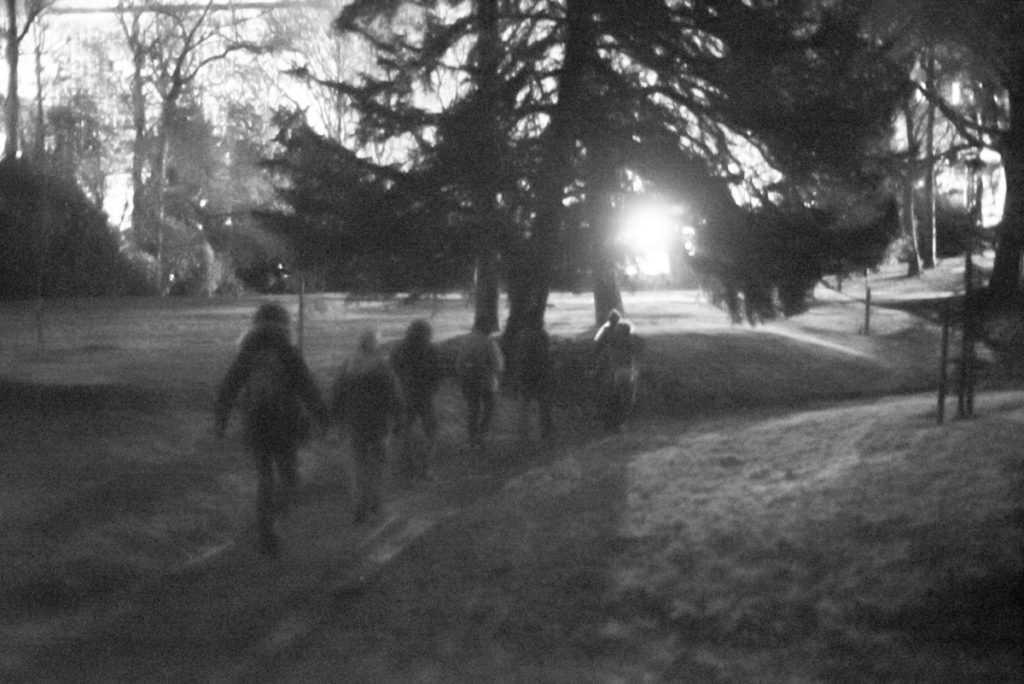
At our our last big online salon we asked what the group has meant to members:
“It’s been amazing – I’ve met someone that is now going into a new collaboration”
“It’s a chance to meet other walking artists and understand the range of practices.
“I value the social walks – a rich experience of walking and talking”
“It’s made me write about not being able to walk, to seize the opportunity to explore that because I’ve been missing something”
“Creating a great community is like tending a garden”
“I like that is has a loose structure but is also fertile ground for collaboration”
“Being part of a cohort is huge, to get to know each other and collaborate – it’s a precious resource”
At our next meet-up, so that we can continue on our collective journey together, we'll be asking the following question:
Where do we go from here?
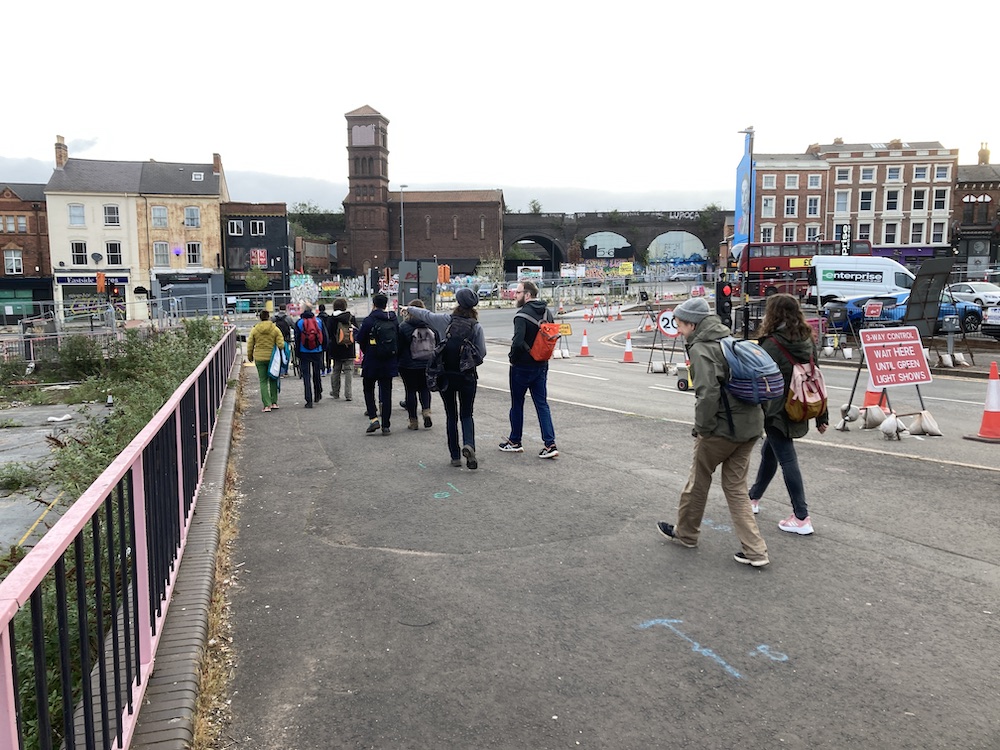
The next steps are about to be decided – with our first 'AGM' happening this weekend.
We’ve been approached to run walks, to collaborate on projects and to work with more formal organisations on occasion – and yet we are still informal and loose, and that is part of the charm for many of us. As one member put it, Walkspace is “sliding into being an entity, an organisation – and that’s where things get tricky”.
Whatever path we end up taking, it needs to be one that is viable, sustainable and creative for the membership. And one that we decide to walk together.
